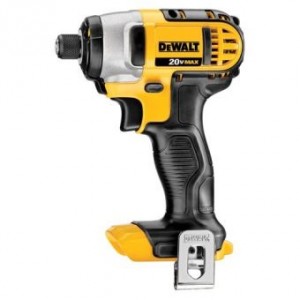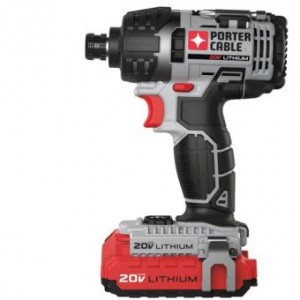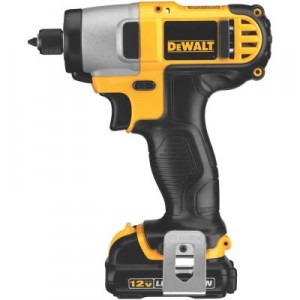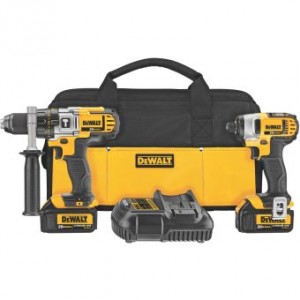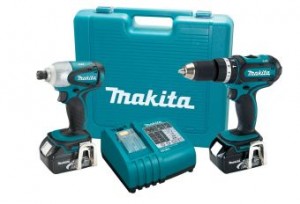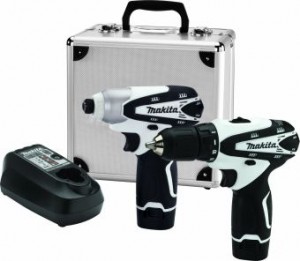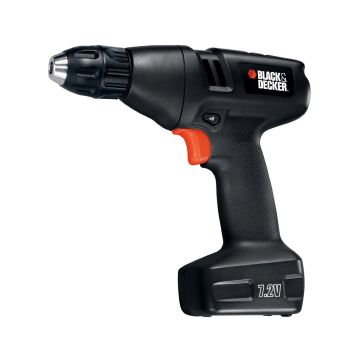The modern variable-speed drill is a versatile power tool. Most of them have a reversing motor making it possible to use them as a screwdriver as well. With a cordless drill/driver you are no longer limited by the length of the power cord. A keyless chuck makes it easy to change bits quickly. Modern drills have convenient features such as a magnetic bit holder and a built-in LED light.
Despite all the impressive features of the drill/driver you still need to know a little bit about drilling techniques. But first you need the right drill bits. Today you have accessories that can turn your drill into a grinder or sander, just two mention two possibilities. But for drilling, you need a set of standard high speed steel (HSS) twist bits. These can be used both for wood and metal. If you are going to drill in really hard materials such as concrete and masonry materials, you need harder drill bits. But for most tasks around the house, HSS bits will do. You can get good HSS bits at reasonable prices, harder drill bits tend to be much more expensive.
If you are going to drill large holes in wood, you need spade bits. If you are going to use your drill as a screwdriver, you need a magnetic bit holder plus some Pozidriv, Philips and slotted bits.
The two main things to get right are drilling speed and the amount of pressure to exert, known as the feed pressure. As a rule of thumb, the larger the hole and the harder the material, the slower the speed you should use. Another old rule of thumb says, use slow drilling speed when working with hard material and use fast drilling speed when working with soft material. Also remember to lift the drill frequently, to clear the flutes of the drill bit and to increase air flow. It is often a good idea to create a small indentation before drilling to guide the bit’s initial cut and prevent it from spinning out of control.
When drilling through wood, always be careful to prevent the drill from splintering the exit hole. Most people put a piece of scrap wood behind so that any splintering occurs on the scrap wood. If you don’t have any scrap wood, you can slow done just before you break through the wood and stop once the tip of the drill bit emerges on the other side. Now, carefully drill from the backside, guided by the small hole that the tip of the drill bit created.
When drilling in metal, patience is often required. First, make an indentation so the drill bit does not slip. Of course, make sure that the drill bit can handle the metal before you start. Then hold the drill steady and drill slowly. You also need to lift the drill frequently. Just take your time and don’t lose your patience. Note that the metal slivers can be very hot so goggles are very important.
